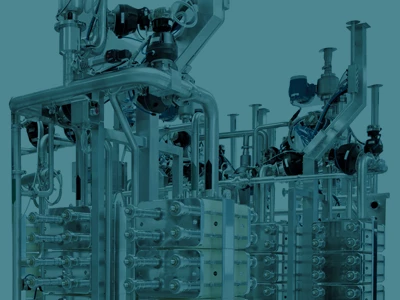Formulation characterization, the first and most critical step in developing a lyophilization cycle
Formulation excipients
Lyophilized formulations usually contain stabilizing excipients, along with bulking agents (Table 2). For instance, the stability of proteins is particularly reliant on their interaction with stabilizers such as sugars through hydrogen bonding. Conversely, the crystallization of stabilizer components or crystalline bulking agents, such as mannitol, during the drying or storage process can adversely affect the stability of the active ingredient [3].
Table 2 presents a comprehensive summary of the most utilized excipients in biologic products.


Table 1. Vapor pressure of ice. Note that at very low temperatures lyophilization is impractical.
Thermal properties of the formulation
The excipients used, as detailed in Table 2, direct- ly affect the thermal properties of the formulation, thereby influencing the final quality of the cake. These properties (Tf, Tg, Tn, Te, Tcol) are elaborated upon in Table 3.
Key techniques for formulation characterization include differential scanning calorimetry (DSC), lyo-microscopy, water adsorption studies, and moisture optimization. DSC and lyo-microscopy as- sess thermophysical properties by running cooling and heating cycles at various rates and temperatures. These methods help predict a formulation’s behavior during freezing and drying, guiding primary drying parameters. Water adsorption and moisture optimi- zation are essential for refining secondary drying conditions.

Table 2. Excipients and factors in biologic lyophilization formulation


